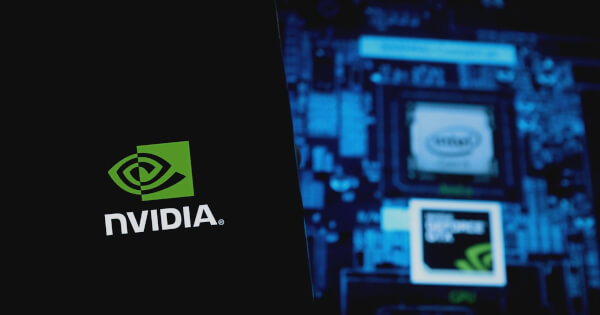Caroline Bishop
Aug 21, 2024 11:54
India implements NVIDIA AI to automate tollbooths, aiming to reduce traffic congestion and improve efficiency across the country’s extensive road network.
India, home to the world’s second-largest road network, is leveraging NVIDIA’s advanced computing technology to automate tollbooth operations, aiming to mitigate traffic congestion and enhance efficiency. This initiative integrates NVIDIA technologies with India’s unified payments interface (UPI) system, according to NVIDIA Blog.
Challenges of Manual Tollbooths
India’s extensive road network spans nearly 4 million miles and includes over a thousand tollbooths, most of which are operated manually. These traditional booths contribute to significant traffic delays, prolonged commute times, and severe road congestion. Automating these systems is crucial for improving traffic flow and reducing the labor and time required for toll collection.
Implementation of NVIDIA Technologies
Calsoft, an Indian-American technology company, has been instrumental in implementing a range of NVIDIA technologies to address these challenges. The automated system reads vehicle license plates and charges the associated driver’s UPI account, significantly reducing the need for manual toll collection. However, India’s diverse and non-standardized license plates present a unique challenge for automatic number plate recognition (ANPR) systems. These plates vary in color, size, font styles, placement, and languages, requiring a robust solution to ensure accuracy.
Automation in Action
The automated tollbooth solution has been deployed as a pilot program in several major metropolitan cities, achieving approximately 95% accuracy in reading plates using an ANPR pipeline. This system detects and classifies plates as vehicles pass through tollbooths, utilizing NVIDIA’s technology to overcome challenges such as night-time detection and environmental impacts like fog, heavy rains, and dust.
“Particularly challenging was night-time detection,” said Vipin Shankar, senior vice president of technology at Calsoft. “Another challenge was model accuracy improvement on pixel distortions due to environmental impacts like fog, heavy rains, reflections due to bright sunshine, dusty winds and more.”
Technological Backbone
The solution employs NVIDIA Metropolis to track and detect vehicles, combining visual data and AI to enhance operational efficiency and safety. Calsoft engineers used the NVIDIA Triton Inference Server software to deploy and manage AI models, and the NVIDIA DeepStream software development kit to build a real-time streaming platform for processing and analyzing data streams. The system incorporates advanced capabilities such as real-time object detection and classification.
Calsoft’s solution also utilizes NVIDIA hardware, including NVIDIA Jetson edge AI modules and NVIDIA A100 Tensor Core GPUs, ensuring scalability and adaptability to future traffic conditions and expansion needs.
Image source: Shutterstock









